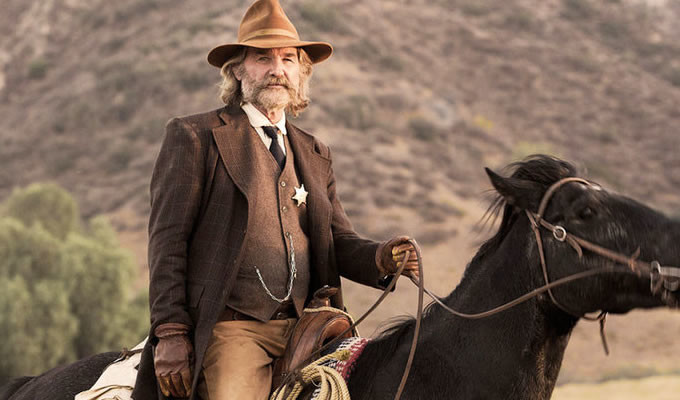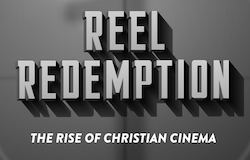Down to the Bone, by Reed Lackey
24 Jan
Some stories are as old as storytelling itself. One of them is this: a damsel, pure and fair, has been captured by a dragon. It then falls to a group of upright knights, none of whom are fully sure they’re a match for the beast, to enter its lair and retrieve her.
If you substitute the knights for old west citizens and the dragon for a tribe of cannabilistic savages, you’ve summarized Bone Tomahawk, the directorial debut of S. Craig Zahler starring Kurt Russell. I cannot recall a movie like it in recent memory, yet it feels almost mythologically traditional. It manages to somehow be epic in its scope and simultaneously two-sentence-tiny in its premise. It is relentlessly brutal in its violence, yet restrained in how rarely that violence presents itself. It has a constant tone of dread while somehow managing to maintain an ember of hope glowing at its center.
What struck me most about the movie was its sense of myth. Not by the definition of falsehood or contrivance, but in the sense of an ancient, timeless tale. The story truly felt to me like a legend from a transcribed scroll which had been adapted to fit within the western genre. The characters were each so distinct and specific, but almost acting in archetypal ways: the rough-and-tumble hardened veteran leader, the comical and loyal older sidekick, the educated and skilled proper soldier, and the wounded but determined everyman hero. Even the “damsel-in-distress” and the “victim-who-proves-the-stakes-are-high” characters feel like familiar tropes without feeling cliche’d.
But the elements which stand out most to me are the ones which point to something older, something the film doesn’t spell out for its audience. Like the weight of guilt mixed with pride that Brooder carries with him because of how many Indians he’s killed. Or how two characters say goodbye for what they know will be the last time without allowing the depth of their mutual affection to be verbalized even though it’s written on their faces. Or how one character talks to God with the casual comfort of an old friend when he says, “You seein’ this? This is why I’ve been talking to you all these years. For a little help.” There are depths of history and character which are artfully pointed to, but never fully mapped, which is a quality I greatly admired.
The performances, particularly by the four leads, are outstanding. Matthew Fox brings a particular ego to his character that reveals a man who has beaten death enough times to feel overly confident, yet somehow knows his number is coming soon. Patrick Wilson brings a blend of fear and faith to his character that is fully believable as the outmatched everyman. Richard Jenkins is at his most charming, endearing, and vulnerable as the loyal and lovable sidekick fool. And Kurt Russell leads the pack. Nuff said.
Bone Tomahawk is for the film viewer who loves a strong script with richly realized characters who doesn’t mind a glacial pace or moments of unflinching brutality. Despite its indulgent 2-hour-plus length, it has an amazing focus, allowing each moment to deepen our understanding of the characters or to intensify the isolation and dread of their predicament. By the time all of the cards are on the table, any actively engaged viewer is likely to be deeply affected by the sufferings and triumphs our heroes endure. And its structural dependence on classical storytelling elevates it, at least in my mind, to the status of a legitimate modern classic in both the western and horror genres.
Fans of either genre, but especially fans of both, owe it to themselves to check this one out.




No comments yet